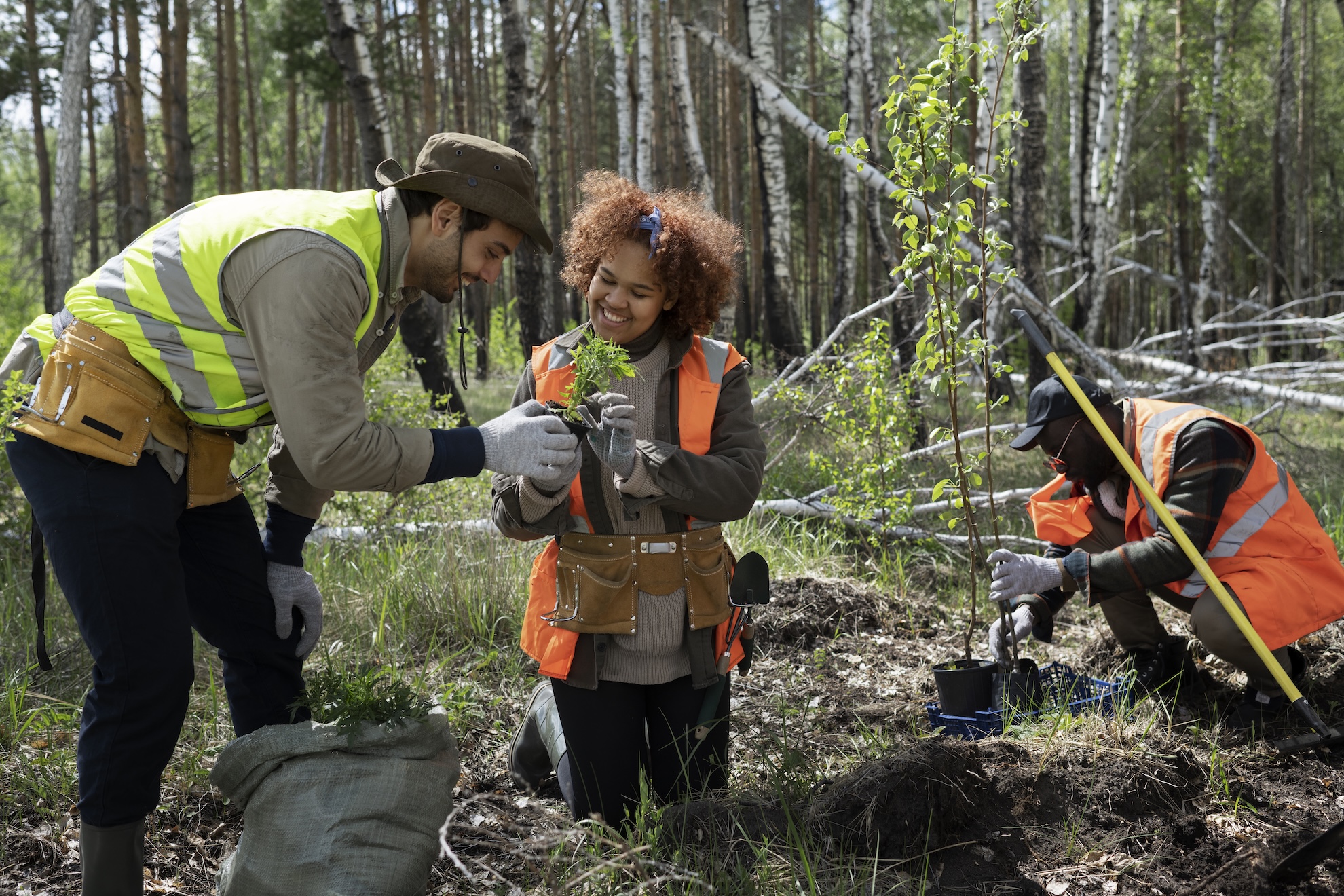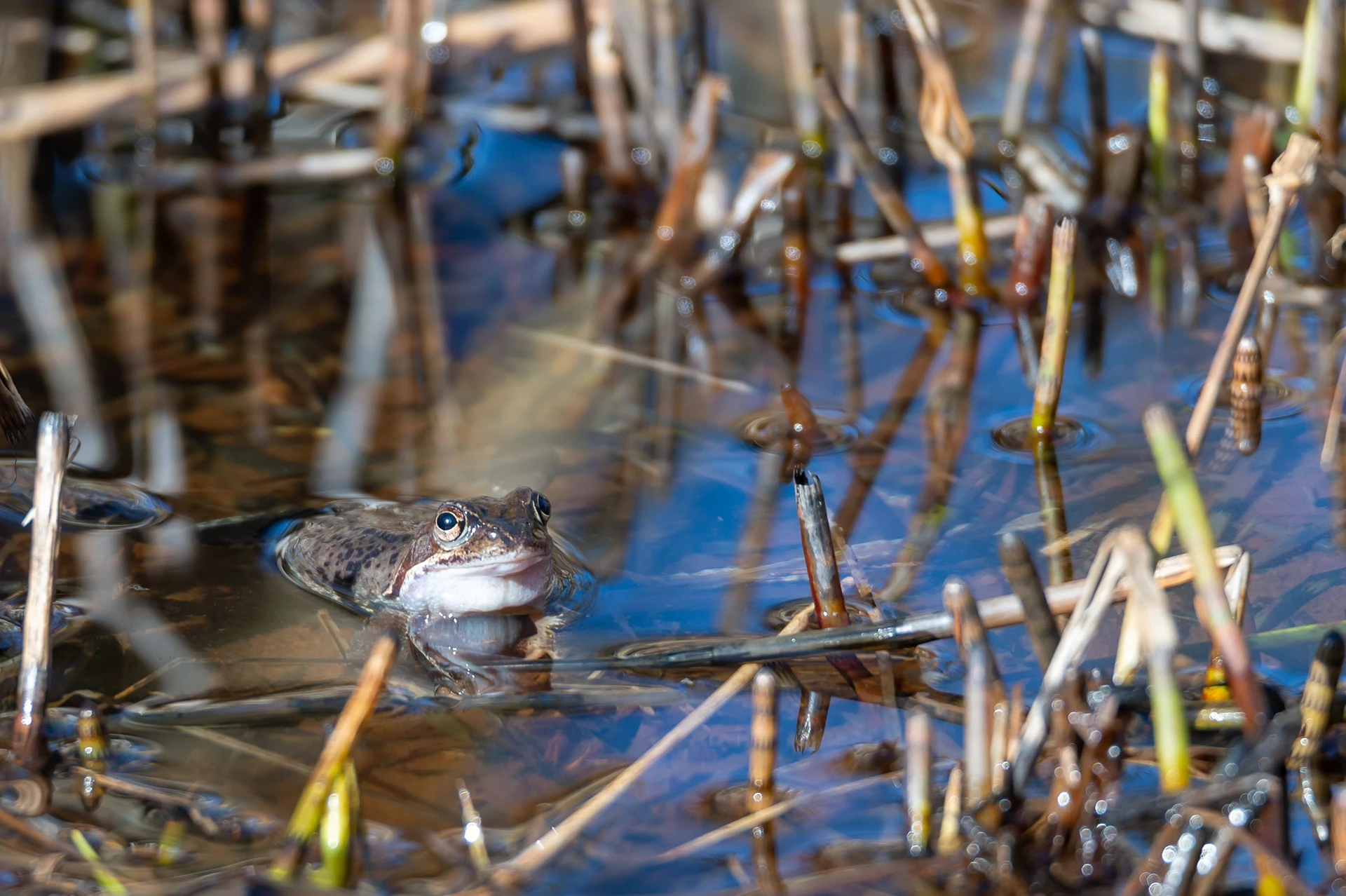Unlocking Biodiversity Investment – Bridging Policy and Finance

Who will finance biodiversity protection? While governments play a role, private investment is crucial, too. BIO-CAPITAL WP2 tackles this challenge by mapping financial landscapes, identifying policy gaps, and exploring investment mechanisms.
Every day, we lose more of our natural world. Forests shrink, wetlands dry up, and wildlife struggles to survive in an increasingly human-dominated landscape. The need for conservation is undeniable, but there’s one pressing issue that often gets overlooked: who is going to finance it? Governments can’t foot the bill alone. Private investors, businesses, and policymakers need to come together to find solutions that make investing in biodiversity a viable and attractive option.
Take wetlands, for example. These ecosystems are nature’s own water filters, carbon storage units, and wildlife sanctuaries. Yet, for a landowner, restoring a wetland is often a financial dead end. It costs money, takes time, and doesn’t generate immediate revenue. Without an economic incentive, why should they bother? This is where innovative financial mechanisms come in—tools like Payments for Ecosystem Services (PES) or biodiversity investment funds that compensate landowners for the environmental benefits they create.
Finding the Missing Link Between Nature and Finance
BIO-CAPITAL’s Work Package 2 (WP2) is designed to tackle this challenge head-on. Led by ITASIF, the team includes biodiversity finance experts from GND, Aarhus University (AU), Agcurate, 17S, Westcountry Rivers Trust (WRT), ICEADR, JSC One, Pratensis, and ASOI. These organizations will work together to map out the financial landscape for biodiversity protection. Their mission is to analyze existing policies, identify funding gaps, and explore new investment opportunities that could drive large-scale restoration efforts.
“At ITASIF, we are committed to mapping and evaluating the financial landscape for biodiversity protection. Our role is to explore the opportunities, challenges, and barriers within existing policies and investment frameworks, ensuring that biodiversity finance becomes a tangible and scalable reality. By leveraging our expertise in sustainable investments and ESG strategies, we aim to build a stronger bridge between finance and nature conservation.” – Miriam Santoro, ITASIF
To do this, WP2 will first dig into the policies that shape biodiversity finance today. Laws, regulations, and funding programs differ from country to country, making it difficult for investors to navigate the space. The team will assess biodiversity-related financial frameworks across Europe, highlighting where policies help—and where they hinder—the flow of investment. They will also take a close look at the obstacles stopping businesses from financing biodiversity, from bureaucratic red tape to uncertainty about financial returns.
But identifying problems is only half the battle. WP2 is also in the business of finding solutions. Over the course of the project, the team will develop a comprehensive catalogue of financial mechanisms that could be game-changers for biodiversity investment. From biodiversity bonds to conservation credits, from green insurance schemes to public-private partnerships, these financial tools could make protecting nature as rewarding as any other investment.
A Real-World Challenge: Financing Alpine Forests
One of the most compelling examples of WP2’s work is happening in the Alpine Forests of Austria and Italy. These breathtaking landscapes are home to rich biodiversity, but they are also under immense pressure. Climate change, unsustainable logging, and economic constraints make it difficult for forest managers to adopt sustainable practices.
WP2 is investigating how financial flows can be unlocked to support closer-to-nature forestry, an approach that prioritizes biodiversity without sacrificing economic sustainability. One promising model is the use of Biodiversity Certificates (BCs), which would allow businesses to invest in certified forest conservation efforts in exchange for measurable environmental benefits. Another potential solution is Nature-based Solutions (NBS) financing, where restoration projects receive funding based on the long-term ecosystem services they provide. If successful, these models could be scaled across Europe, ensuring that sustainable forestry isn’t just good for nature—it’s good for business too.
Making Biodiversity Investment a Reality
By its end, WP2 aims to provide policymakers and investors with a clear roadmap for financing biodiversity. The goal is to turn conservation into an economic opportunity, where investing in nature isn’t just the right thing to do, but a smart financial decision.
The challenge is clear: biodiversity must become an asset, not just an expense. WP2 is leading the charge, ensuring that money flows toward nature—and that nature, in return, continues to support life as we know it.

